| Structure | Name/CAS No. | Articles |
|---|---|---|
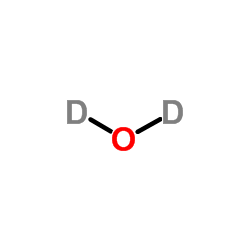 |
Heavy water
CAS:7789-20-0 |
|
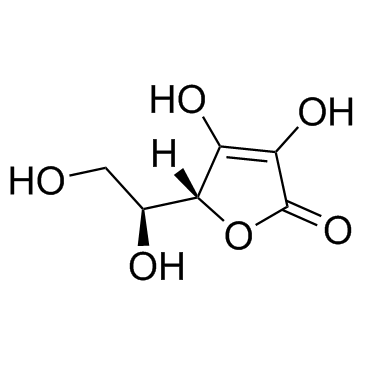 |
Ascorbic acid
CAS:50-81-7 |
|
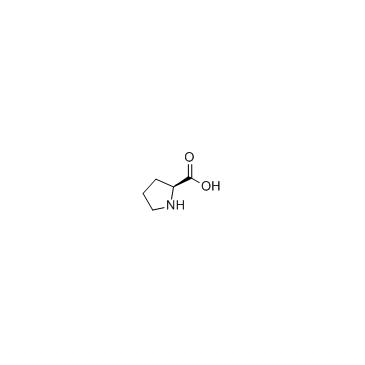 |
Proline
CAS:147-85-3 |
|
 |
HEPES
CAS:7365-45-9 |
|
 |
Dexamethasone
CAS:50-02-2 |
|
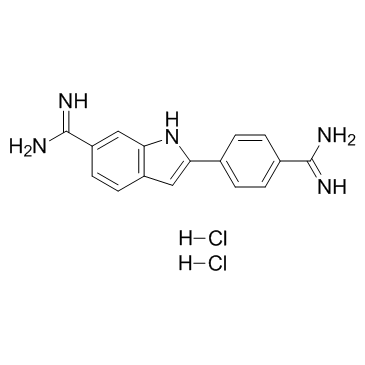 |
4',6-Diamidino-2-phenylindole dihydrochloride
CAS:28718-90-3 |
|
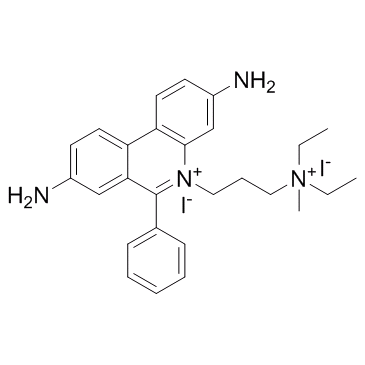 |
Propidium Iodide
CAS:25535-16-4 |
|
 |
Methacrylic anhydride
CAS:760-93-0 |
|
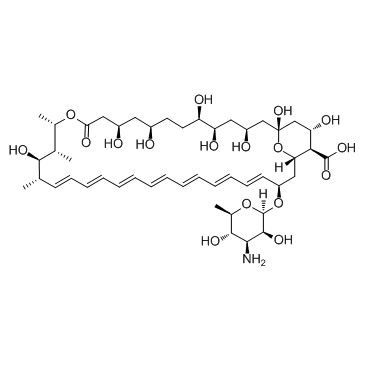 |
Amphotericin B
CAS:1397-89-3 |
|
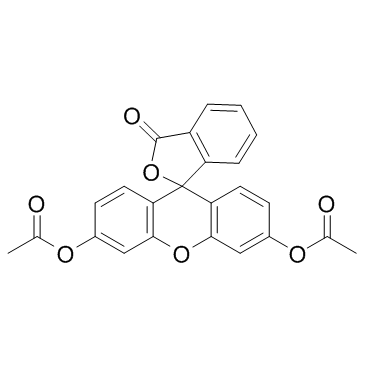 |
Fluorescein Diacetate
CAS:596-09-8 |